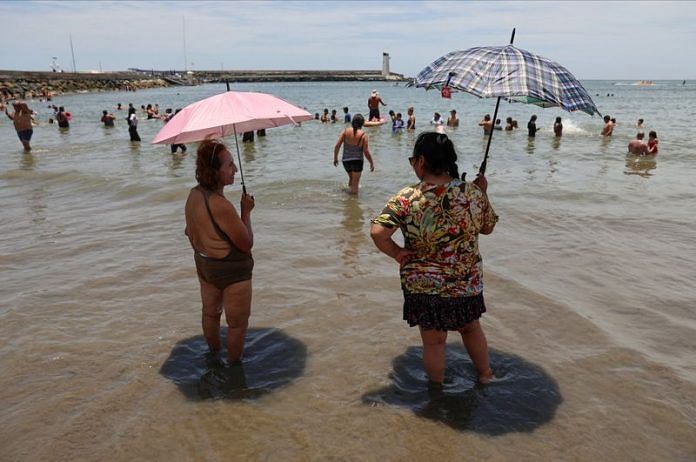LIMA (Reuters) – The climate phenomena known as El Nino and La Nina, which bring waves of heat, cold, rain or drought, will be more frequent and extreme in coming years, after South America suffered the most intense El Nino in decades, weather experts said on Thursday.
According to the Ecuador-based International Center for Research on the El Nino Phenomenon (CIIFEN) and the Peruvian meteorology and hydrology agency SENAMHI, the recent El Nino was among the five strongest since 1950.
“The pattern has changed a lot,” said Yolanda Gonzalez Hernandez, director of CIIFEN, at a press conference after a meeting of experts from the region in Lima on climate.
“Where before there was no significant impact of the El Nino phenomenon, now they are occurring with more intensity.”
Gonzalez said temperature changes from one to the other will be faster, with a La Nina expected for the second half of this year, replacing the El Nino that is starting to weaken.
El Nino and La Nina hit different parts of the world distinctly. In Latin America they have affected crops such as wheat, soy and corn, damaging regional economies often highly dependent on farming.
“We are permanently breaking records at the local, national and global level in temperature anomalies,” said Gonzalez.
Temperatures are estimated to be above normal in much of South America, although below normal on the coast of Ecuador, northern Peru, and southern Argentina and Chile.
With the recent El Nino, Peru had the warmest winter in the last 60 years, according to CIIFEN, while in Colombia, temperatures reached records in different parts of the country.
Argentina and Chile saw more rain, which in the former helped soy and corn production after a drought the year before.
(Reporting by Marco Aquino and Reuters Television; Editing by Sonali Paul)
Disclaimer: This report is auto generated from the Reuters news service. ThePrint holds no responsibilty for its content.



